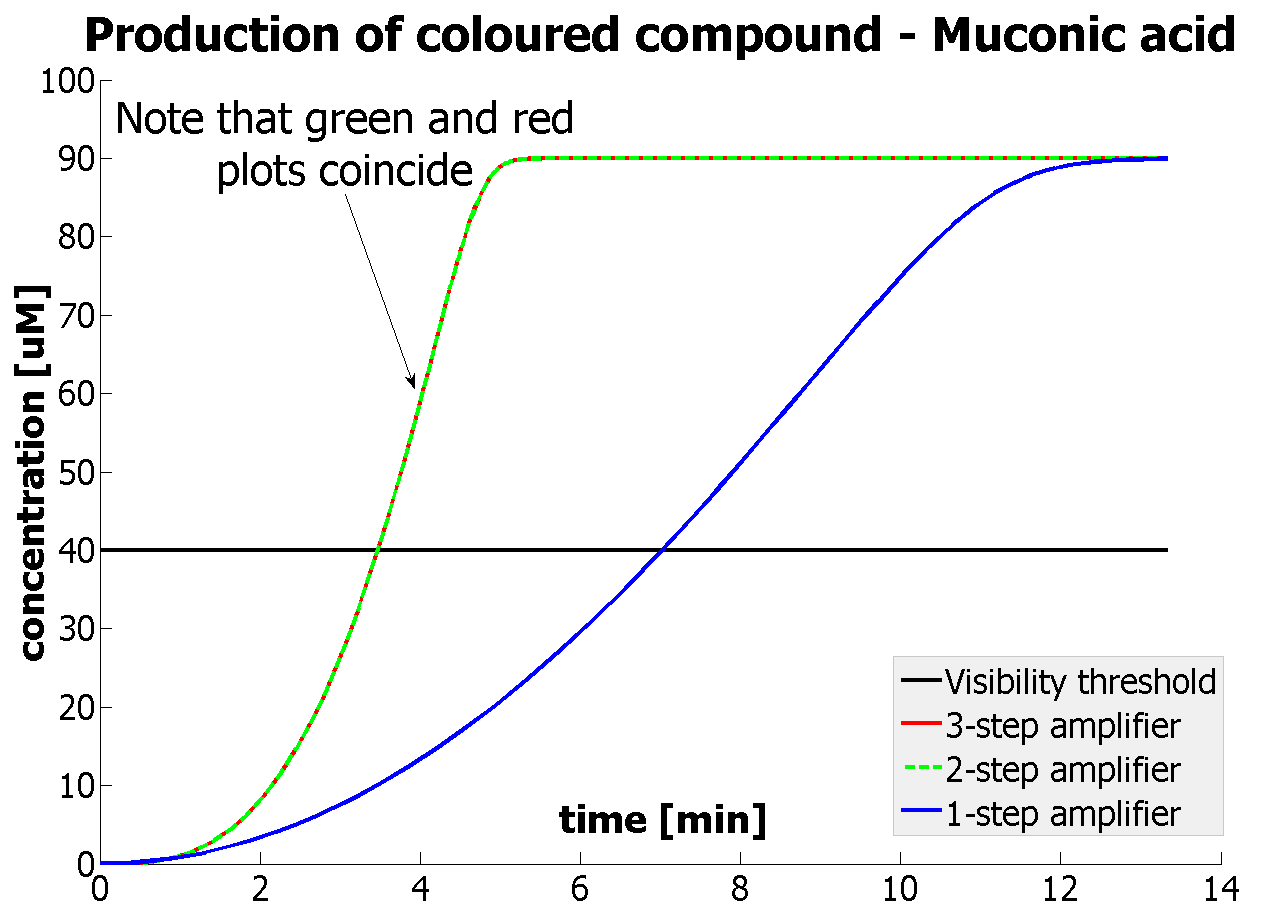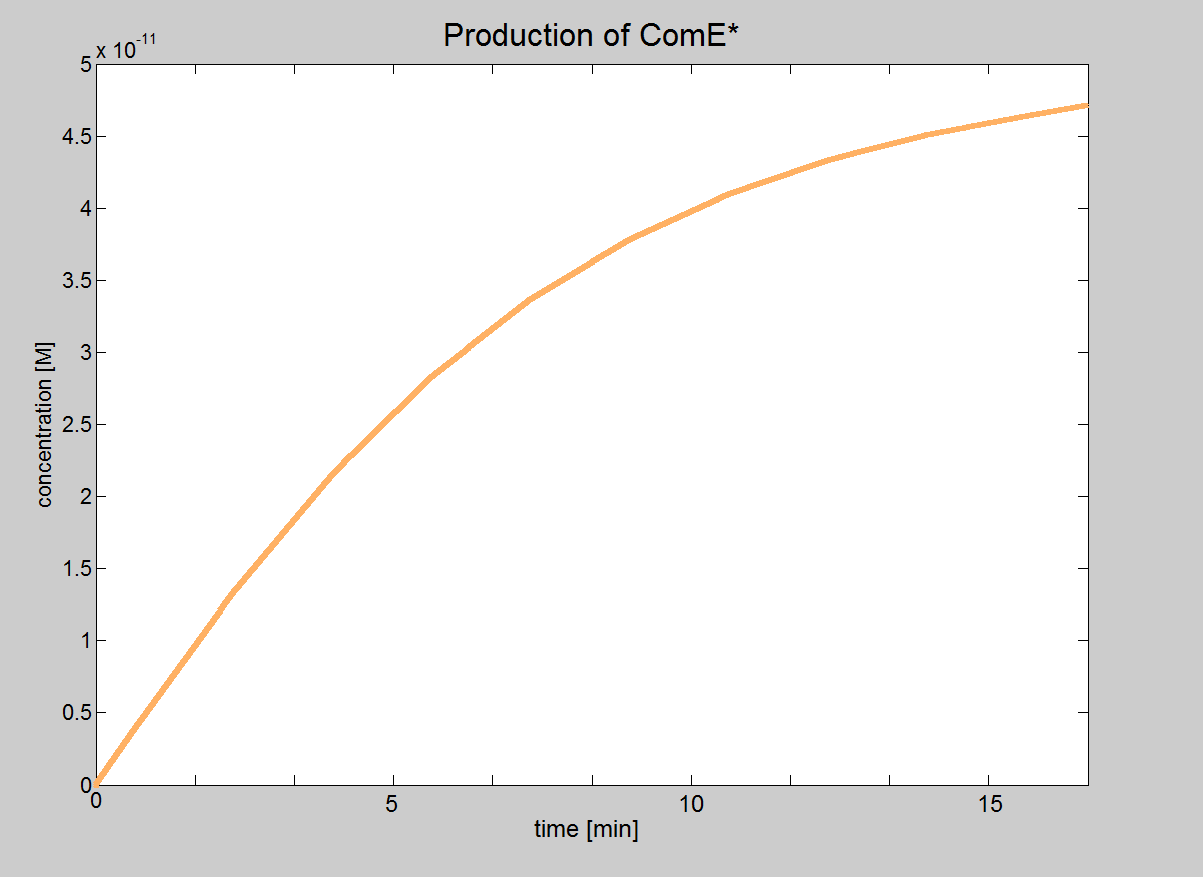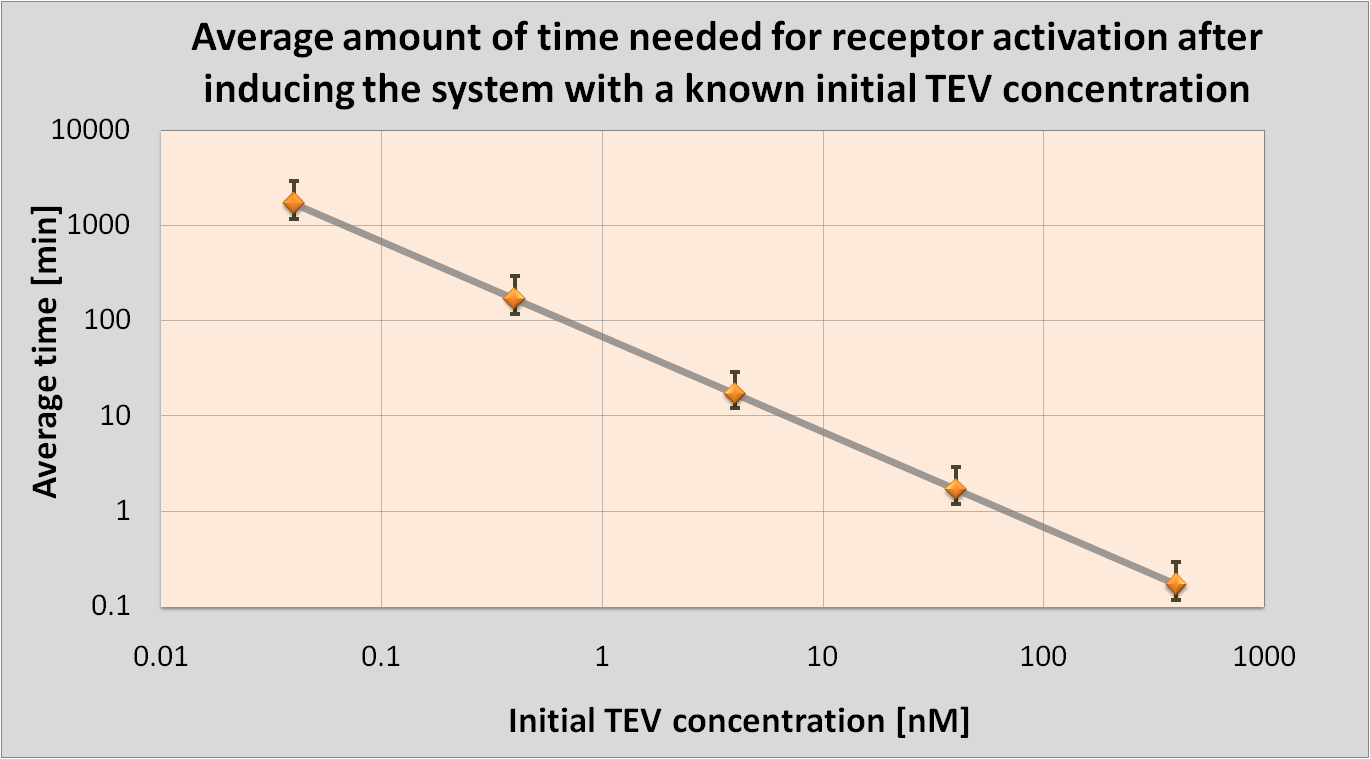Team:Imperial College London/Modelling
From 2010.igem.org
(Difference between revisions)
(Changing header text to appear in main modelling only) |
|||
| Line 1: | Line 1: | ||
{{:Team:Imperial_College_London/Templates/Header}} | {{:Team:Imperial_College_London/Templates/Header}} | ||
{{:Team:Imperial_College_London/Templates/ModellingHeader}} | {{:Team:Imperial_College_London/Templates/ModellingHeader}} | ||
| - | |||
| - | |||
| - | |||
{| style="width:900px;background:#f5f5f5;text-align:justify;font-family: helvetica, arial, sans-serif;color:#555555;margin-top:5px;" cellspacing="20" | {| style="width:900px;background:#f5f5f5;text-align:justify;font-family: helvetica, arial, sans-serif;color:#555555;margin-top:5px;" cellspacing="20" | ||
|style="font-family: helvetica, arial, sans-serif;font-size:2em;color:#ea8828;"|Introduction to modelling | |style="font-family: helvetica, arial, sans-serif;font-size:2em;color:#ea8828;"|Introduction to modelling | ||
Revision as of 11:23, 27 October 2010
| Modelling | Overview | Detection Model | Signaling Model | Fast Response Model | Interactions |
| A major part of the project consisted of modelling each module. This enabled us to decide which ideas we should implement. Look at the Fast Response page for a great example of how modelling has made a major impact on our design! | |
| Introduction to modelling |
In the process of designing our construct two major questions arose which could be answered by computer modelling:
|
| Results & Conclusions |
Output Amplification Model
Signalling Module Model Surface Protein Model
|
 "
"










